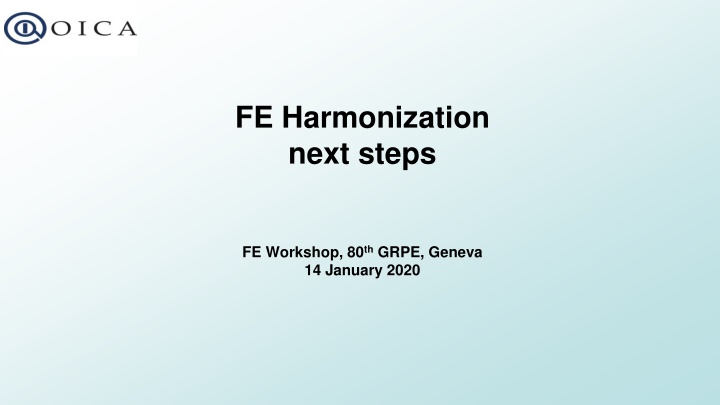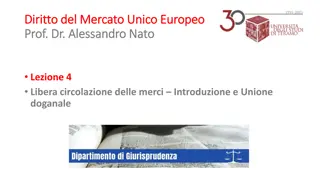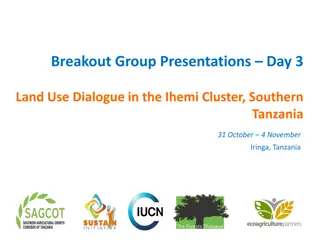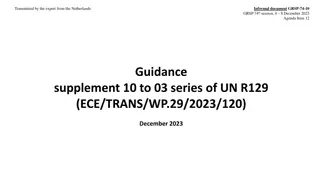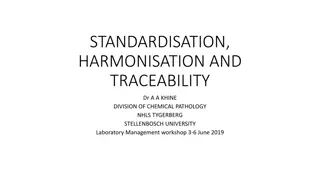Harmonization of FE Regulations for Automotive Industry
Overview of the need for harmonization in fuel efficiency regulations across major markets to reduce compliance burdens and ensure comparability. Discusses possible harmonization steps and areas to investigate, highlighting the benefits of aligning testing procedures and regulations globally.
Download Presentation

Please find below an Image/Link to download the presentation.
The content on the website is provided AS IS for your information and personal use only. It may not be sold, licensed, or shared on other websites without obtaining consent from the author.If you encounter any issues during the download, it is possible that the publisher has removed the file from their server.
You are allowed to download the files provided on this website for personal or commercial use, subject to the condition that they are used lawfully. All files are the property of their respective owners.
The content on the website is provided AS IS for your information and personal use only. It may not be sold, licensed, or shared on other websites without obtaining consent from the author.
E N D
Presentation Transcript
FE Harmonization next steps FE Workshop, 80thGRPE, Geneva 14 January 2020
WHY FE regulations have now been introduced in all major markets EU, US, Japan, China and others finalized their own legislations, with largely similar (simulation-based) approaches but different individual rules in each region Updates and evolutions of these regulations are on the way carrying the risk of further regulatory divergence and (administrative) burdens of compliance Harmonizing component testing procedures, input values etc would create substantial synergies, cost-reductions and guarantee comparability across markets It would also enable other regions to apply and adapt existing ( proven ) regulations without regulatory divergence
Possible harmonization steps 1. 2. 3. Performance requirements Test procedures Simulation process Same boundary conditions, e.g. temperature, side wind, 1. Common method e.g. same reduction limits ? 2. Regional-specific parameters e.g. cycles, payloads, segmentation, standard bodies, Not reasonable! markets and products not comparable Test procedures and simulation methods can be aligned globally Diversity of different markets entails significant difficulties in alignment of limits and ambition levels
What could be harmonized? Areas for possible harmonization to be further investigated: Fuel efficiency measurements Fuel efficiency metrics (g/ tkm, g/ Pkm ) Vehicle categorization Duty cycles Engine measurements Components measurement and certification methodologies Driving resistance Medium-/ long-term a international standard would be favourable
How to proceed - Discussion 1958 or 1998-agreement based initiative Agreement on sponsorship partners Scope of harmonization Objective: full harmonization (test procedures, simulation process, ) Step-wise approach starting with measurement/ certification methodologies Schedule and activity When should harmonization start? Target time for completion of rule making? Informal group activities including investigation for regulatory aspect in each area Framework First and second sponsor are required Chair and co-chair, secretary, technical secretary, resources and budget etc.
Conclusions Simulation approach to certify CO2 and fuel consumption is gaining importance in national regulatory activities. Test procedures and simulation methods are suitable to harmonize the framework and boundary conditions on a global scale. Harmonization of performance requirements (limits, ambition levels) not in scope due to different market conditions and specifications. UNECE as a global authority for technical harmonization is THE platform to ensure regulatory alignment.
